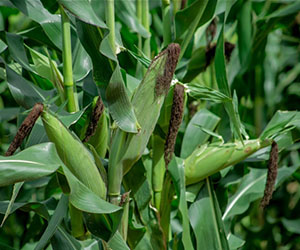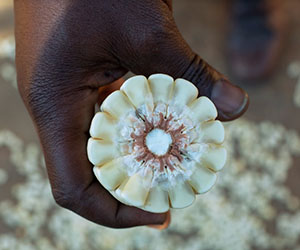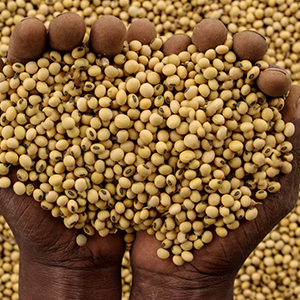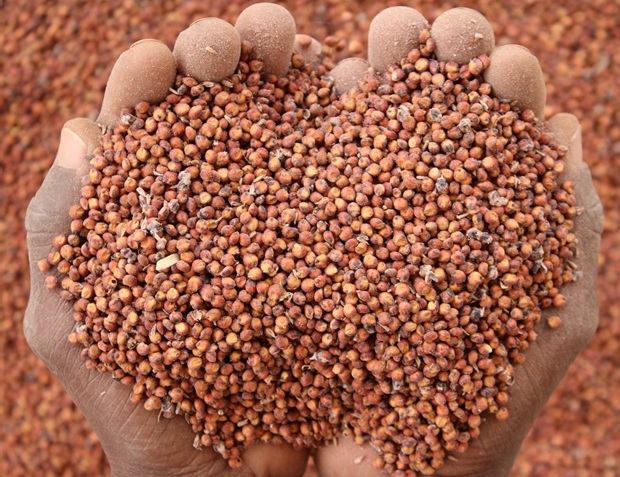A Guide to Effective Land Preparation with Guaranteed 99.9% Farm Productivity
How to Do Proper Land Preparation
This is the season yet again. With the coming of a new season, it is important for all farmers to ensure well prepared and clean shambas.
So, What is Land Preparation? And How Do You Do Proper Land Preparation?
Land preparation is the process of preparing land for planting by clearing shrubs and stumps from the shamba.
Land preparation is important because it ensures well prepared, clean shambas for planting of the various crop seeds for the season. Land should be prepared as early as possible after harvesting the previous crop and preferably when there is still moisture in the ground to assist in decomposition of any plant material.
There are various methods to do this. The question is: how do you know which method best suits your shamba?
Well, here’s a list of the various methods used to do land preparation.
- Conventional Tillage
- Conservation Tillage
- Zero Tillage
1. Conventional Tillage
Conventional Tillage uses hand tools, animal drawn equipment or mechanised implements to turn over and loosen the soil to allow aeration and water filtration while incorporating the plant residues into the soil. The common equipment used are the disc plough and the mouldboard plough. The Disc plough inverts the soil but breaks it down leaving a rough field. The mouldboard plough also inverts the soil but more aggressively, leaving clods of various sizes with residue buried under. Harrowing should be done when necessary.
Advantages of Conventional Tillage
- Ploughing helps invert the soils.
- Harrowing helps break down big boulders into tiny, small boulders for appropriate tilth.
- Sub soiling breaks hardpans and manages compaction.
- Cultivators mix soils at the shallow depth and harrows to level the soil surface for a smooth field.
- Conventional Tillage achieves a smooth field.
- It prevents crop residue from clogging farm implements when planting and weeding.
- Conventional Tillage helps to incorporate fertilisers into the soil and controls weeds.
Disadvantages of Conventional Tillage
- Enhanced soil moisture loss through exposure to evaporation and run off
- Breakdown of soil structure and interference with soil flora and Fauna
- Increased risk of soil erosion because of the loose soil crusting
- Increased operating cost
2. Conservation Tillage
Conservation Tillage is the practice of growing crops while minimising disturbance to the soil. It creates a more sustainable agriculture technology. In Conservation tillage, the crop is planted with minimum field tillage using a ripper or a planter. It advances planting of the maize, limits moisture loss and conservers organic carbon and soil fertility through retention of organic matter. When practicing conservation Tillage, 30% of crop residue must remain in the field when the new crop is planted. The plant residue acts as a mulch and a source of plant nutrients.
Advantages of Conservation Tillage
- Conservation tillage uses less inputs (e.g. fuel time and labour)
- It reduces the level of soil disturbance
- Maize plant residues act as mulch
- Mulch encourages roots and earth worm canals in the soil that allow for water penetration and water storage in the soil profile.
- Retention of maize stovers retains water. It reduces runoff.
Reduced cultivation method for maize planting using herbicides and chisel ploughing has shown that you can get more for less. This involves the following practices:
- Allow weeds to germinate and emerge after the first rains
- Chisel plough or rip on the row to break the plough pan compaction layer.
- Spray to kill weeds
- Hand plant the seeds along the ripped lines using optimum seed placement and spacing.
- Apply pre-emergence herbicide immediately after plants emerge. Weed between rows with minimal soil disturbance
- In the following season plant the new crop rows between the old crop rows.
Frequently Asked Questions about Conservation Tillage
All things have upsides and a downsides to them. These are the concerns most people have about using Conservation tillage.
- Won’t compaction result from not breaking up the soil which will in turn impair root penetration? When drilling for planting, sufficient loosening of the soil is achieved. Conservation tillage reduces the use of heavy machinery thereby reduces the risk of compaction.
- Doesn’t the presence of stover/stalks impair the use of machinery in the field? The stovers are arranged in neat rows that leave space for planting and movement. With Conservation tillage, minimal machinery is required in the field.
- Will the maize stovers not act as a reservoir for pests and plant pathogens? Conservation tillage encourages superior husbandry that takes correctional measures on pests and diseases.
- Will the method not junk farm Machinery on which heavy capital investment has been spent? The machinery can be used in other operations like spraying, harvesting and transport.
- Does Conservation tillage not require the technical know-how to be beneficial? All farming methods need good technical know-how to be effective.
4. Zero Tillage
According to Wikipedia, no-till farming (also known as zero tillage or direct drilling) is an agricultural technique for growing crops or pasture without disturbing the soil through tillage. No-till farming decreases the amount of soil erosion tillage causes in certain soils, especially in sandy and dry soils on sloping terrain.
Tips for Effective Zero Tillage
- Use certified seeds that have been treated with insecticides and fungicide.
- There should be sufficient moisture in the soil at the time of sowing to promote germination.
- Use special equipment to drill in seed and fertiliser or planting can be done by hand.
Why Do Proper Land Preparation?
It is important to prepare the soil properly to ensure good germination of your seeds. Ploughing exposes harmful pests and diseases in different stages such as egg, larvae, pupae, or adults by exposing them to predators or to the heat of the sun. It also helps to bring nutrients near the soil surface. It improves water and air movement. It loosens the soil for easy root growth. Furthermore, ploughing helps to mix up organic matter in the soil and to kill weeds.
Land Preparation Is not a One-Time Activity.
Unfortunately, land preparation isn’t a one-off project. We wish it were.
But you’ll need to prepare your shamba every new planting season.
You’ll need a well prepared shamba to help you increase farm productivity.
However you decide to do it, treat your farm as a continuous operation, so land preparation is paramount. Prepare your land as many times as necessary.
Doing this is how you’ll get maximum results.
 Kenya
Kenya Seed Co Group
Seed Co Group Botswana
Botswana Malawi
Malawi Nigeria
Nigeria South Africa
South Africa Tanzania
Tanzania West & Central Africa
West & Central Africa Zambia
Zambia Zimbabwe
Zimbabwe




